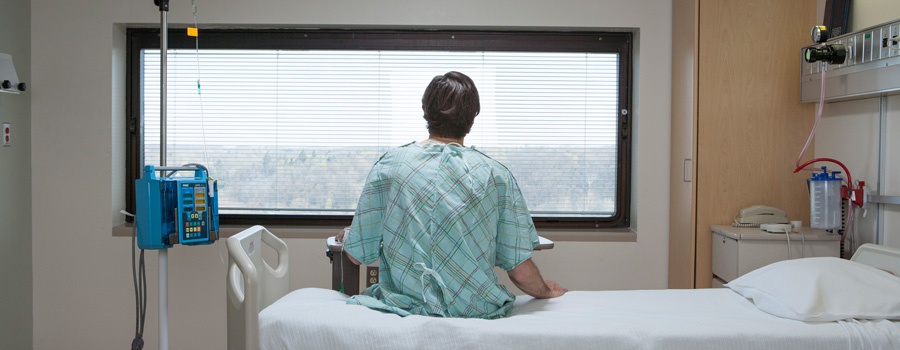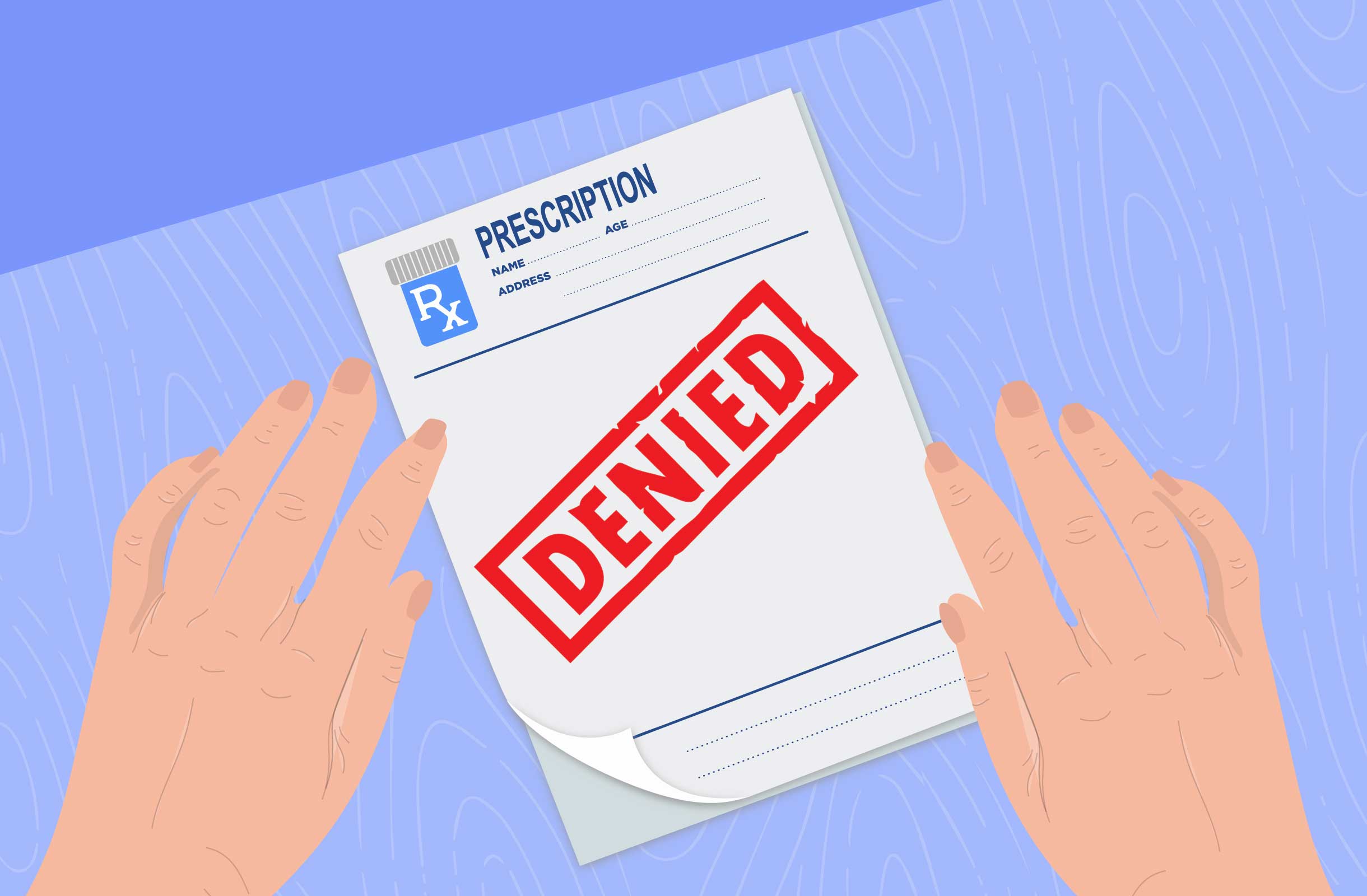Category: Insurance
-

Breaking Down the New Telehealth Law
Questions and answers to the new Telehealth Law that was sponsored by Sen. Dan Roberts and carried by Rep. Paul Lee in the House – ACT 2022 – 302. What is its purpose? The stated legislative intent of the law is to expand access to healthcare through the use of electronic devices and technology. It…
-

American Rescue Plan Offers $940 Million for Medicaid Expansion and Other Benefits for Healthcare
The American Rescue Plan Act of 2021, signed by President Biden on Thursday, includes a number of key provisions that strengthen both public and private health insurance coverage. Among its Medicaid and the Children’s Health Insurance Program (CHIP) provisions, the American Rescue Plan encourages states to finally take up the Medicaid expansion by offering even…
-

Medical Association Convenes “Treatment Hurdles” Work Group
Earlier this week, the Medical Association convened a work group of stakeholders to discuss hurdles and or delays that patients and their physicians face in accessing the tests, treatments and medications the treating physician believes are appropriate. Patient advocacy groups, many of them disease-specific, joined the Association and others in discussing the hurdles patients face…
-

PEEHIP Transitioning to Humana Effective January 1st
Medicare-eligible retirees of the Public Education Employees’ Health Insurance Plan (PEEHIP) will be moving to the Humana Group Medicare Advantage Preferred Provider Organization (PPO) plan for their healthcare coverage, effective January 1, 2020. Humana will be hosting a series of webinars as they lead up to the PEEHIP transition on January 1st. These will be…
-

Letter to Congress: Don’t Give Health Plans Too Much Power
The American Medical Association wrote two letters to Congress to shed light on how physicians feel about the current debate in Washington over surprise billing. We, along with 109 other state medical societies and national specialty societies, co-signed this letter to support the AMA’s efforts. The letters advocate for independent dispute resolution (IDR), a process…
-

Analysis: Pulling Back Curtain on Hospital Prices Adds New Wrinkle in Cost Control
As President Donald Trump was fighting with Congress over the shutdown and funding for a border wall, his administration implemented a new rule that could be a game changer for health care. Starting this month, hospitals must publicly reveal the contents of their master price lists — called “chargemasters” — online. These are the prices that most…
-

PIPA Open Enrollment During October
The Physicians Insurance Plan of Alabama through Blue Cross Blue Shield is available for qualified* members of the Medical Association providing you, your family and staff with strong benefits at affordable premiums as compared to other options. The PIPA health coverage rates for 2019 will have a decrease of 4.5 percent and dental coverage has…
-

Four Dangerous Words Physicians Regularly Say
One trend evident in all medical practices is the shift in payment responsibility from insurance payers to the insured patients. As employers modify coverage to contain their premium costs, health care providers are treating patients who have $2,500, $5,000 and even $10,000 deductibles. Physicians who have practiced for many years have instructed their collections staff…

